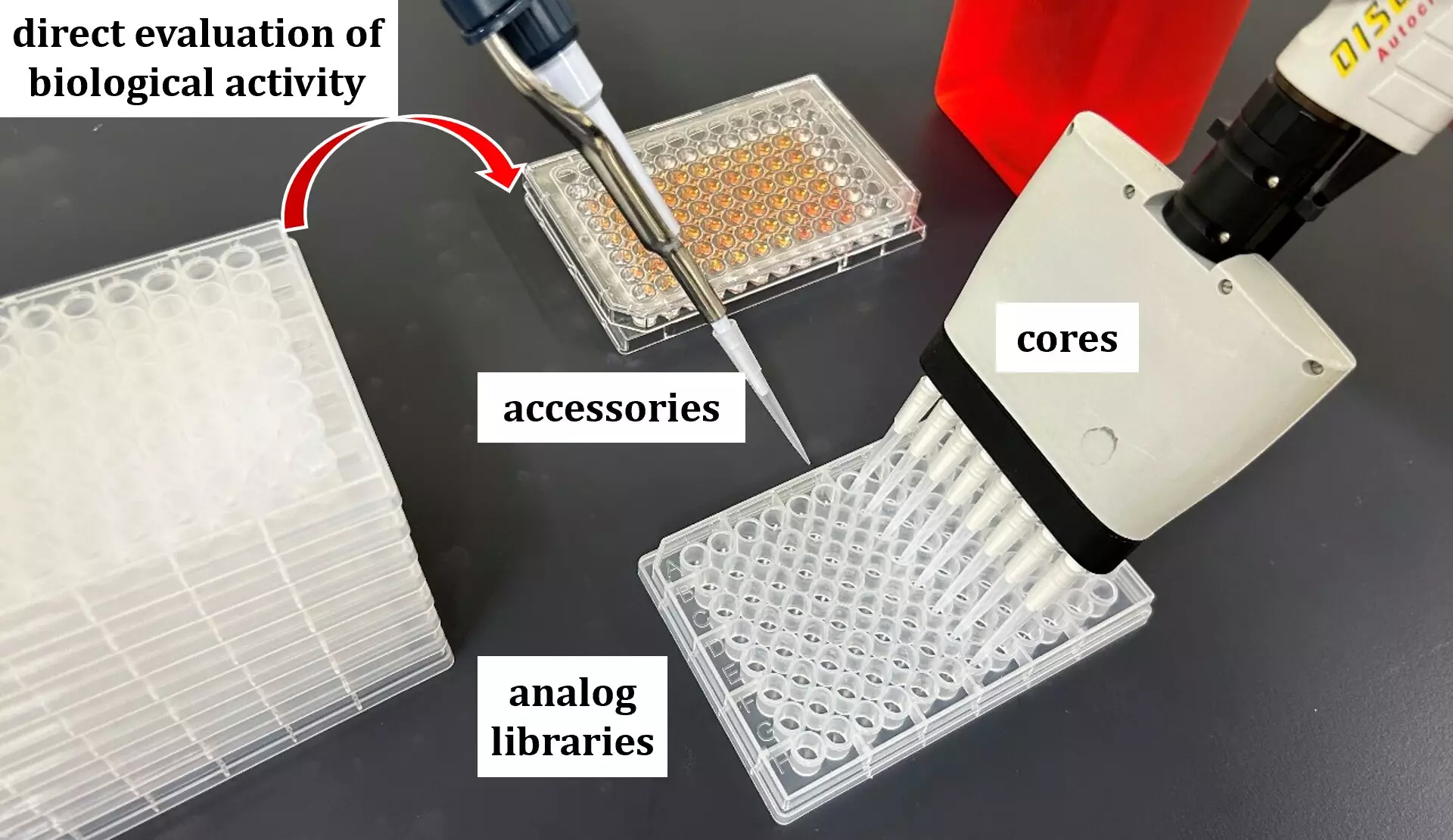The alarming rise of drug-resistant bacteria has emerged as one of the most pressing challenges in public health today. Antimicrobial resistance (AMR) affects millions globally, rendering common infections potentially lethal and complicating treatment protocols for healthcare providers. This escalating crisis calls for innovative solutions that not only address existing limitations but also streamline the search for new drug candidates. Amidst this backdrop, a groundbreaking approach introduced by researchers from Hokkaido University promises to inject new life into the discovery of effective antimicrobial agents.
A Novel Methodology in Drug Discovery
Led by Assistant Professor Kazuki Yamamoto and Professor Satoshi Ichikawa of the Faculty of Pharmaceutical Sciences, the Hokkaido University research team has devised a pioneering platform for drug discovery that could significantly enhance the identification of antimicrobial compounds. Their groundbreaking methods, detailed in the journal Nature Communications, make use of a comprehensive synthesis mechanism that amalgamates natural product derivatives with rigorous biological activity evaluation. Such an approach not only allows for a more streamlined workflow in drug discovery but also enhances the likelihood of generating viable candidates capable of combating AMR.
The focal point of this research is phospho-N-acetylmuramoyl-pentapeptide-transferase, or MraY, a pivotal enzyme found within bacterial cell membranes. MraY plays an essential role in synthesizing lipid I, a key component necessary for bacterial survival. The implications of targeting this enzyme are substantial; existing inhibitors of MraY have laid the groundwork, yet the demand for improved analogs is urgent. Traditional methods have struggled to meet this need, which further compounds the crisis of AMR.
Innovative Library Construction
Yamamoto and his team have ingeniously divided known MraY inhibitors into distinct components: cores and accessories. By utilizing seven core structures and a staggering 98 accessory molecules, the researchers created a library of 686 tailored MraY inhibitor analogs. This novel ‘in situ build-up library method’ allowed them to synthesize compounds effectively while simultaneously evaluating their biological efficacy. The creativity of this research lies in its simplicity; by introducing aldehyde groups to the cores and hydrazine groups to the accessories, they facilitated the formation of hydrazone bonds, optimizing the synthesis of the analogs.
Among the pool of newly synthesized analogs, eight showed particularly promising results, boasting both strong MraY inhibition and notable antibacterial properties. The standout was analog 2, which emerged as the most potent against drug-resistant strains. Moreover, its efficacious performance in mouse infection models signifies a crucial step towards the potential development of new therapeutic agents. Importantly, these candidate drugs also demonstrated low toxicity levels against non-target cells, amplifying their prospects for safe clinical application.
Broader Implications and Future Directions
The excellence of Yamamoto and Ichikawa’s drug discovery methodology extends beyond just MraY inhibitors. Their research team has successfully applied this innovative platform to various classes of medications, including well-known anti-cancer agents such as epothilone B, paclitaxel, and vinblastine. Within merely a month, they were able to construct a library of 588 new analogs—indicative of the rapid pace at which this platform can deliver results, potentially transforming the pharmaceutical landscape.
The versatility demonstrated by this approach opens up new avenues for drug development and facilitates the identification of effective compounds across multiple therapeutic domains. The implications are undeniable: the ability to rapidly and effectively catalogue various analogs could lead to breakthroughs not just in antibiotics but in an array of therapeutic categories. As the world grapples with the mounting threat of AMR, initiatives like these reinforce the importance of innovative, multidisciplinary approaches in driving the quest for new and effective treatments.
As researchers continue to combat this global health crisis, the enhancements proposed by the Hokkaido University team could represent a lighthouse of hope in a darkening storm, signifying a renewed fight against the seemingly insurmountable challenges posed by drug-resistant bacteria.


Leave a Reply